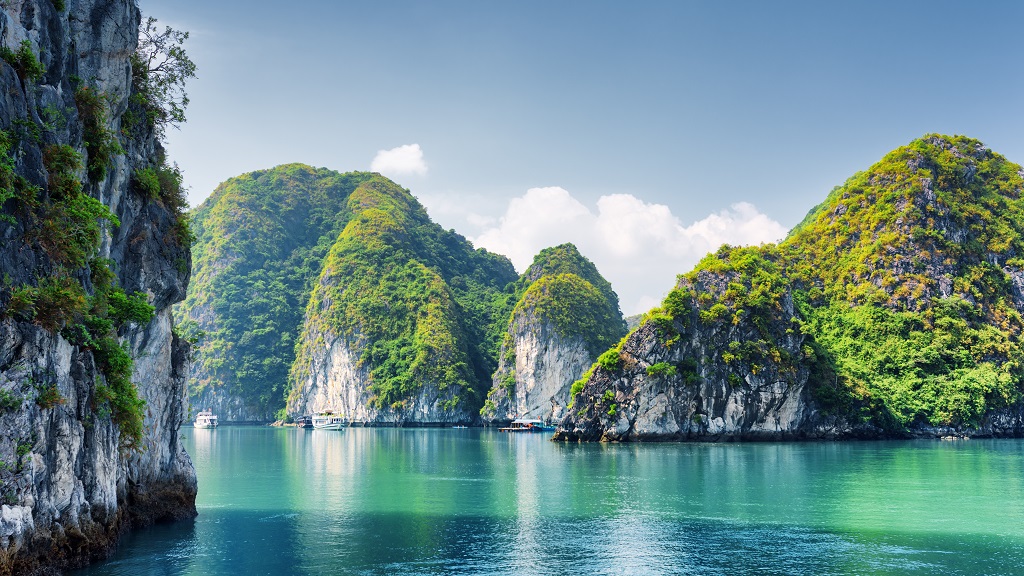A new study discovered that early settlers in the Southeast Asian region were forced to migrate to South Asia after sea levels began to rise, changing the region’s coastal landscape about 26,000 years ago.
The study, published in the journal Nature on Saturday by a team of scientists from the Nanyang Technological University (NTU) in Singapore, looked into historical evidence that suggested rising sea levels affected populations living in the Malay Peninsula, islands of Sumatra, Borneo and Java, which were originally part of a large landmass called The Sundaland.
Assistant professor Kim Hie, the lead investigator from NTU’s Asian School of the Environment and the Singapore Center for Environmental Life Sciences Engineering, noted in a press release how the findings highlighted the effects of environmental changes on human history and migration.
Environmental changes have profound impacts on human history, driving population migration, growth, and distribution. However, less discussed is how environmental changes can shape the genetics of populations. Our work is the first reported instance to provide proof that sea-level rise changed the genetic makeup of human populations in Southeast Asia – a legacy that continues to impact current populations.
The team constructed paleogeographic maps of South and Southeast Asia using sea level data dating from 26,000 years ago to the present, according to the study.
Using paleogeography, which studies historical physical landscapes, the NTU scientists discovered that the sea level in South and Southeast Asia rose to 130 meters (approximately 427 feet) between the Last Glacial Maximum period (about 26,000 to 20,000 years ago) and mid-50 Holocene (approximately 6,000 years ago).
Besides the paleogeographic maps, the NTU team also incorporated population genetics into their study, which used whole-genome sequence data generated by GenomeAsia 100K, a non-profit organization launched in 2016 and hosted by the university.
here





